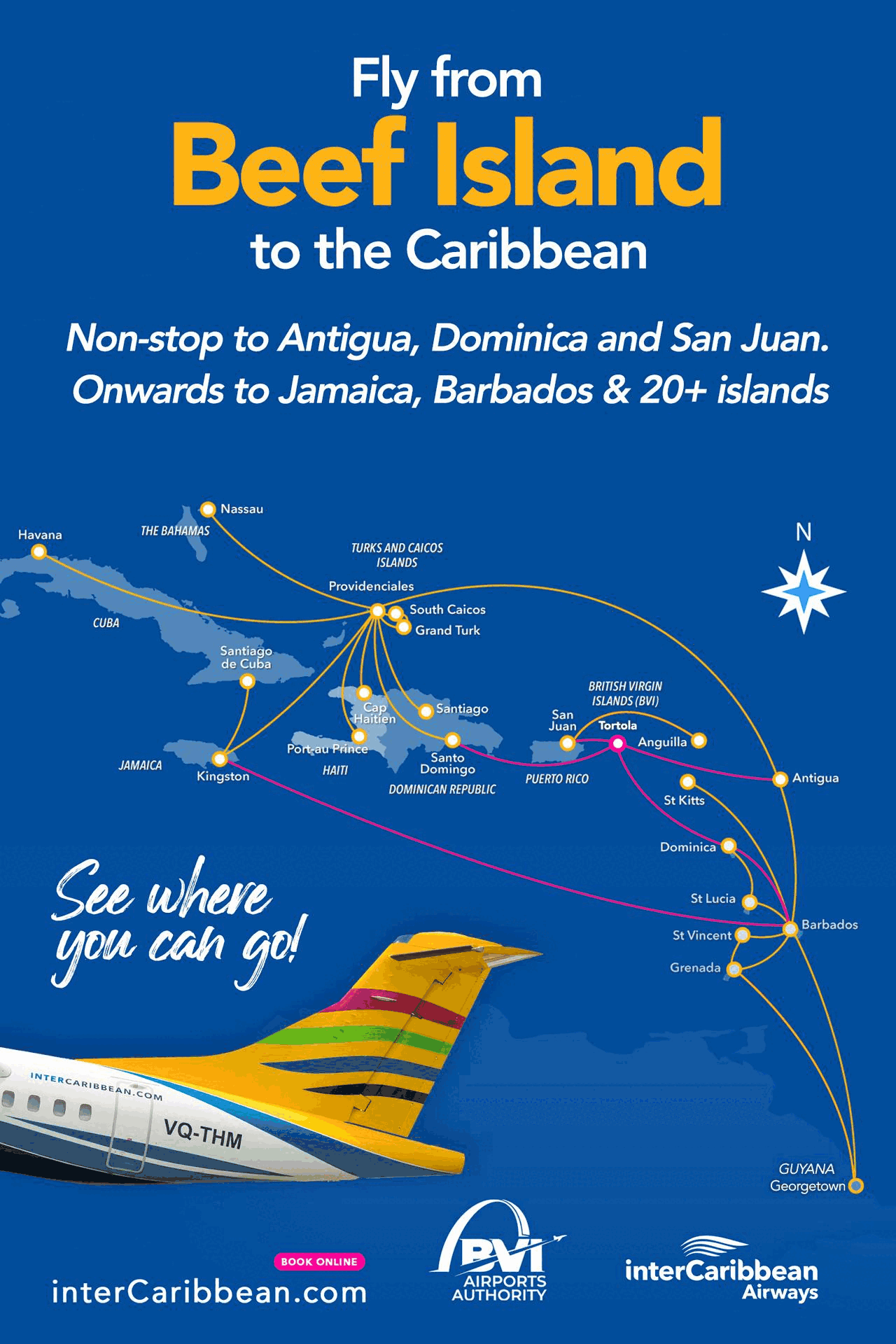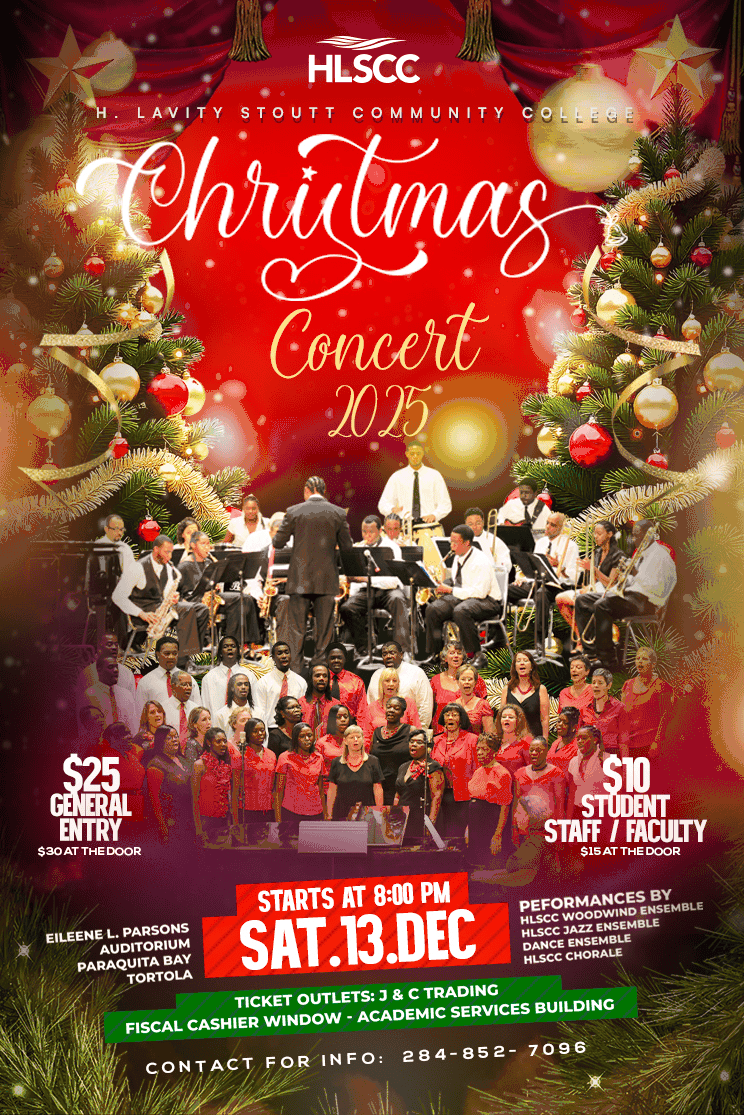The alternative to Christmas! Kwanzaa still celebrated among few in VI
Kwanzaa is an African-American oriented celebration created by Dr Mualana Karenga in 1966 in an effort to “give Blacks an alternative to the existing [Christmas] holiday and give Blacks an opportunity to celebrate themselves and their history, rather than simply imitate the practice of the dominant society” according to an interview done with the founder by The Brookhaven Courier.
The event is a week-long celebration observed between December 26-January 1 that began in the United States but has since spread to Canada, the Caribbean and other parts of the world. Throughout Kwanzaa, each of the seven days are dedicated to one of seven core principles known collectively as Nguzo Saba (the seven Principles of Kwanzaa).
According to the official Kwanzaa website, the greetings during Kwanzaa are in Swahili. Swahili is a Pan-African language and is chosen to reflect African Americans' commitment to the whole of Africa and African culture rather than to a specific ethnic or national group or culture. The greetings are to reinforce awareness of and commitment to the Seven Principles that are observed along with several symbols incorporated in celebrating the event. The holidays usually culminate in a feast and gift giving activity.
The celebration is inspired by African first fruit traditions, and the name is derived from the name for the Swahili first fruit celebration, matunda ya kwanza. The rituals of the holiday promote African traditions and Nguzo Saba, which Dr Karenga previously described as a communitarian African philosophy.
The seven Principles of Kwanzaa
The seven principles of Kwanzaa are described as Umoja (Unity): To strive for and to maintain unity in the family, community, nation, and race; Kujichagulia (Self-Determination): To define ourselves, name ourselves, create for ourselves, and speak for ourselves; Ujima (Collective Work and Responsibility): To build and maintain our community together and make our brothers' and sisters' problems our problems, and to solve them together; Ujamaa (Cooperative Economics): To build and maintain our own stores, shops, and other businesses and to profit from them together; Nia (Purpose): To make our collective vocation the building and developing of our community in order to restore our people to their traditional greatness; Kuumba (Creativity): To do always as much as we can, in the way we can, in order to leave our community more beautiful and beneficial than we inherited it and finally, Imani (Faith): To believe with all our hearts in God, our people, our parents, our teachers, our leaders, and the righteousness and victory of our struggle.
Kwanzaa symbols include a decorative mat on which other symbols are placed, corn and other crops, a candle holder with seven candles, called a kinara, a communal cup for pouring libations, gifts, a poster of the seven principles, and a black, red, and green flag. The symbols were designed to convey the several principles of kwanza.
The official website also noted that gifts are given mainly to children, but must always include a book and a heritage symbol. The book is to emphasize the African value and tradition of learning stressed since ancient Egypt, and the heritage symbol to reaffirm and reinforce the African commitment to tradition and history.
How some VIslanders celebrate Kwanzaa
Local pageant beauty, Lavanta Thompson, hosted a small group of persons in celebrating the event this year. She explained that this was the fourth year that the group has celebrated the activity in the Territory. The group was comprised mostly of members of the Callaloo Poets who discussed the history of the celebration and the principles involved.
Each person, she disclosed, read one of the principles and related it to something relevant to their life that occurred during the year. There were also crossword puzzles based on the Kwanzaa celebration, a gift exchange, candle lighting on the kinara accompanied by some refreshments. Ms Thompson explained that the gifts were sourced locally in keeping with the spirit of Kwanzaa.
Historian, educator, author and poet, Dr Quincy F. Lettsome, who also participated in this year’s celebrations, disclosed that Kwanzaa had only recently caught on in the Virgin Islands and was of some cultural significance among persons of African heritage.
He noted that he was in support of the idea but was not necessarily instrumental in its introduction to the local shores, “Kwanzaa [celebrations locally are] more of an offshoot from our poetry group, the Callaloo poets,” Dr Lettsome related.
Being a type of cultural person, he added, he thought the idea was worthy of pursuit.
The colours of Kwanzaa are black, red and green and can be utilized in decorations for Kwanzaa. Also decorations should include traditional African items, i.e., African baskets, cloth patterns, art objects, harvest symbols, etc the website also stated.
Observances during Kwanzaa
Families celebrating Kwanzaa often decorate their households with objects of art; colorful African cloth such as kente, especially the wearing of kaftans by women; and fresh fruits that represent African idealism. It is customary to include children in Kwanzaa ceremonies and to give respect and gratitude to ancestors. Libations are shared, generally with a common chalice, Kikombe cha Umoja, passed around to all celebrants. Non-African Americans also celebrate Kwanzaa.
The holiday greeting is "Joyous Kwanzaa". A Kwanzaa ceremony may include drumming and musical selections, libations, a reading of the African Pledge and the Principles of Blackness, reflection on the Pan-African colors, a discussion of the African principle of the day or a chapter in African history, a candle-lighting ritual, artistic performance, and, finally, a feast (karamu). The greeting for each day of Kwanzaa is ‘Habari Gani?’ which is Swahili for "What's the News?"
At first, observers of Kwanzaa avoided the mixing of the holiday or its symbols, values, and practice with other holidays, as doing so would violate the principle of kujichagulia (self-determination) and thus violate the integrity of the holiday, which is partially intended as a reclamation of important African values.
Today, many African American families celebrate Kwanzaa along with Christmas and New Year's; as frequently, both Christmas trees and kinaras share space in Kwanzaa-celebrating households.
For people who celebrate both holidays, Kwanzaa is an opportunity to incorporate elements of their particular ethnic heritage into holiday observances and celebrations of Christmas.
(Additional information for this article was based on sources compiled by Wikipedia, the online encyclopaedia.)









2.png)
.png)

.jpg)






1.jpg)














5 Responses to “The alternative to Christmas! Kwanzaa still celebrated among few in VI ”
And in it's initial stages, blacks were villified as part of ritual.
So before you castigate Kwanzaa , remember Christmas too once began as a "philosophy" and then gained momentum amongst Europeans and since most blacks are dying to be European, they too followed similarly!
Rodent explain yourself please im not sure what your intention is with that statement?
Celebrating your birthday or your particular race does segregate you from you all others.
Next here are the seven prinicpals which clearly does not Segregate the Black race from all others but are the seven main principals i'm sure all races use.
Umoja-Unity /Kujichagulia -Self Determination,/Ujima-working together/Ujamaa-Supporting each-others/Nia-Purpose/ Kuumba-creativity, Imani-faith (espcially faith in ones self)